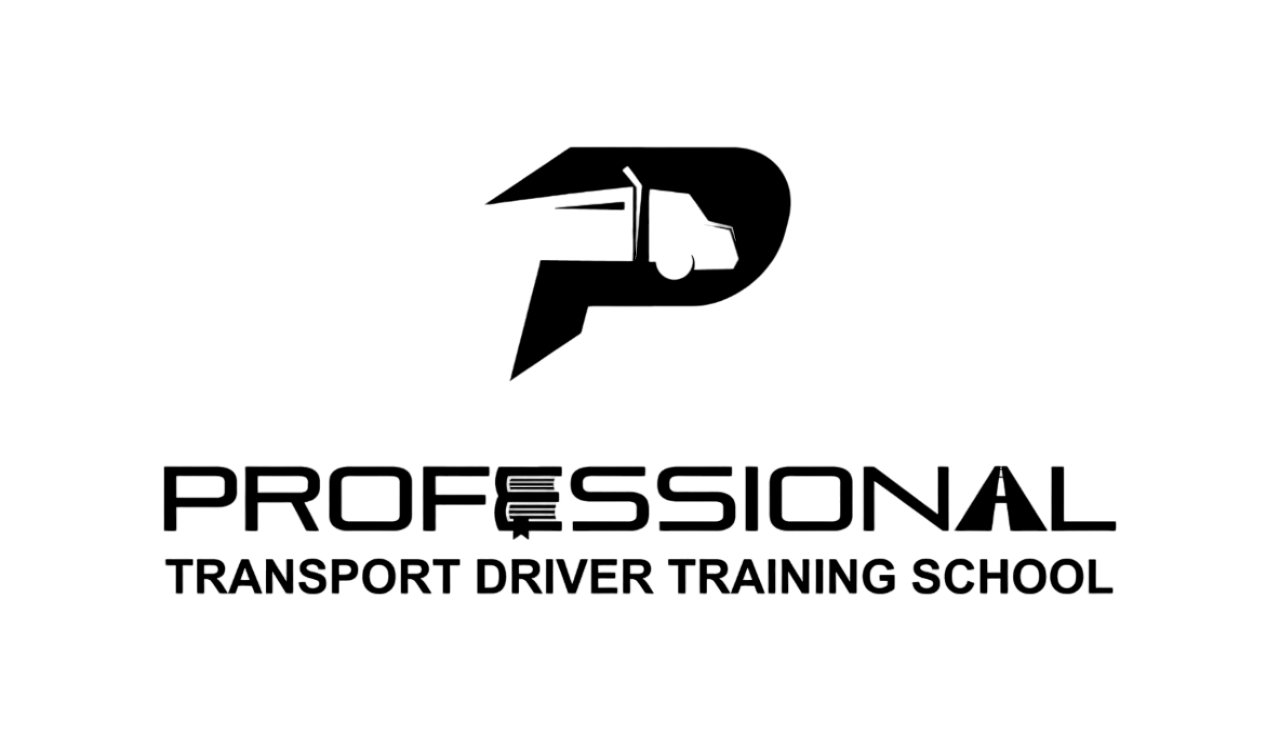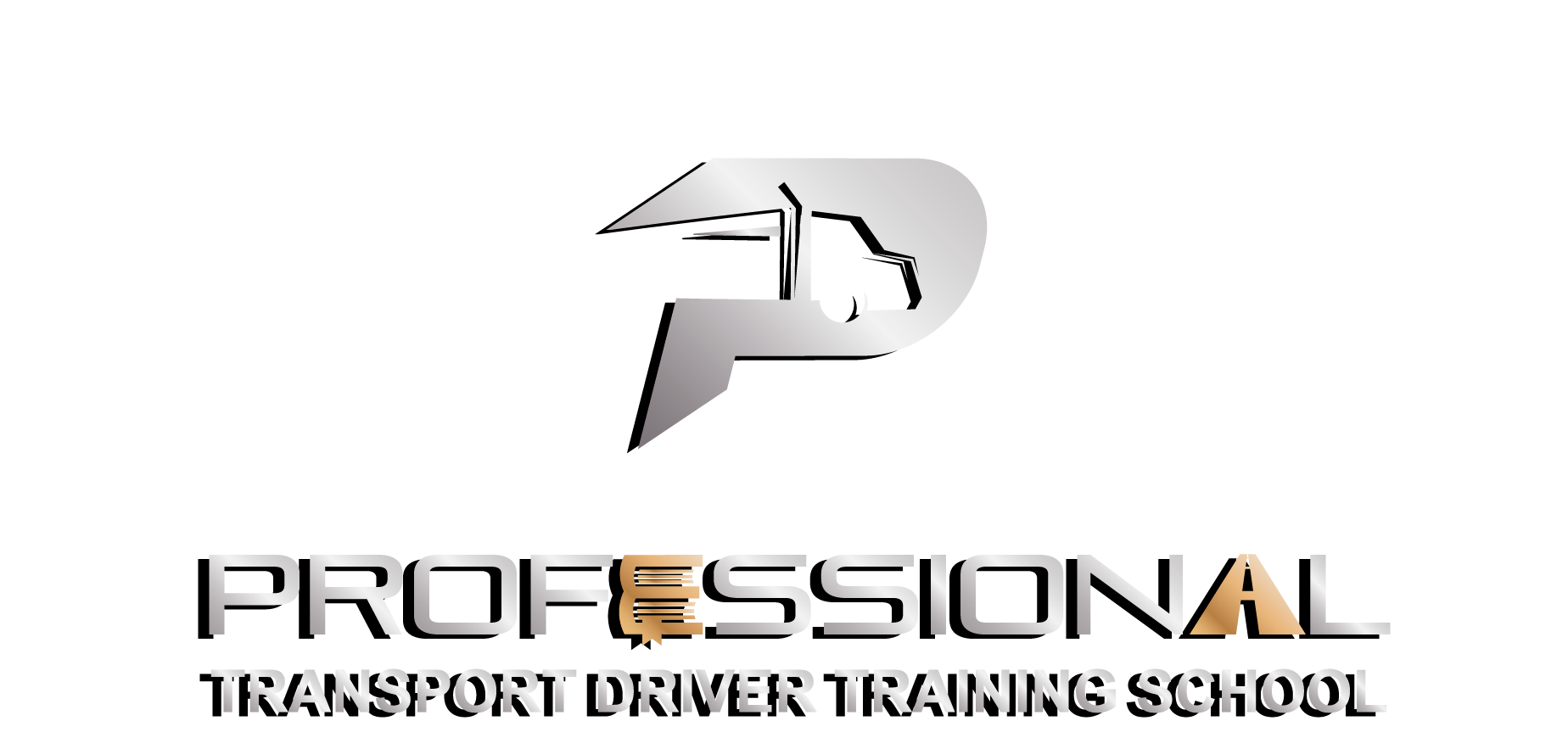Stepping Up from Class 5 to Class 3: A Pathway to Broader Driving Opportunities
In the world of vehicular operations, your license class reflects your skillset, experience, and expertise. Holding a Class 5 license is a testament to your capability to navigate the roads confidently with a standard passenger vehicle. But what if you can drive more than just a car? Enter the Class 3 license, your ticket to broader driving opportunities.
At Professional Transport Driver Training School, we specialize in helping drivers like you transition from a Class 5 to a Class 3 license. In this post, we explore what it means to hold a Class 3 license and the vast career and personal opportunities that come with it.
Understanding Class 1, 2, and 3 License Categories
In Manitoba, licenses are classified into different categories ranging from Class 1 to Class 5, with each class licensing drivers to operate a specific vehicle type. The Class 1 license is the most comprehensive, allowing the holder to operate any vehicle except a motorcycle. A Class 2 license is for large buses, while a Class 3 license allows the driver to operate two or more axle trucks.
What is a Class 3 License?
Holding a Class 3 license means you are qualified to operate a truck with two or more axles, and a combination of vehicles that includes a truck with more than two axles (not including a semi-trailer truck).
In simple terms, a Class 3 license opens doors to new driving opportunities beyond standard passenger cars. This can include dump trucks, cement trucks, garbage trucks, and other vehicles of similar size and complexity.
The Class 3 Training Process
Switching from Class 5 to Class 3 requires comprehensive theoretical and practical training – and we have you covered. At Professional Transport Driver Training School, our training program will equip you with the skills and knowledge to handle larger vehicles, understand advanced traffic regulations, and navigate different driving situations with confidence.
Our experienced trainers use a blend of in-classroom instruction and hands-on training, ensuring you’re fully prepared for both the theoretical and practical components of the Class 3 driving test.
The Career Opportunities
Aside from personal satisfaction and increased driving flexibility, obtaining a Class 3 license opens up a wide range of career opportunities. Many industries in Manitoba require Class 3 licensed drivers, including construction, waste management, moving companies, and delivery services. Additionally, companies value Class 3 drivers for their ability to operate a broader range of vehicles and their understanding of advanced road safety practices.
Driver Evaluation and Recruitment Services
After you've obtained your Class 3 license, our support doesn’t end there. We offer driver evaluations to ensure our graduates are competent and ready for the road. And if you're seeking job placement, we can connect you with our network of trucking companies looking to hire skilled drivers.
Stepping up from Class 5 to Class 3 with Professional Transport Driver Training School
Looking to upgrade your driving skills and unlock broader opportunities? If you’re in the Winnipeg or Brandon area, look no further than Professional Transport Driver Training School. Our comprehensive Class 3 training program will equip you with the skills and confidence to operate larger vehicles and open up new career opportunities.
Ready to Step Up?
Take the first step towards broader driving opportunities. Contact us to learn more about our Class 3 driving program and how we can help you transition from a Class 5 to a Class 3 license. Experience our blend of theory, in-cab training, and real-world application to become a confident, professional Class 3 driver, ready to embrace a world of new driving opportunities.
Remember, behind every great driver is great training. Partner with Professional Transport Driver Training School today to become the driver you aspire to be. Contact us today to start your Class 3 training journey!











